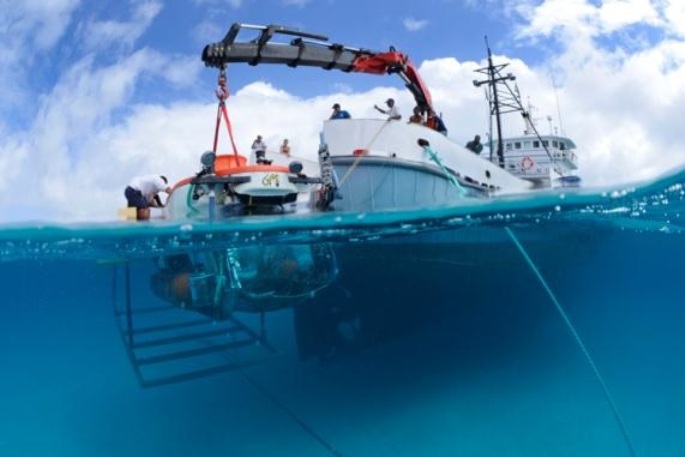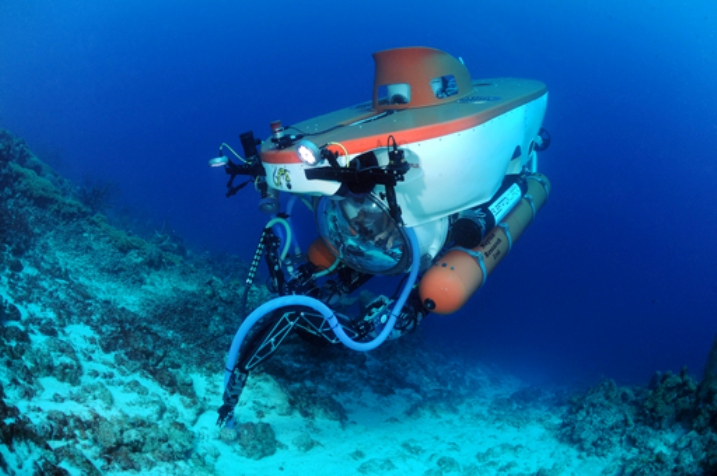
Submarine Expedition to Explore Uncharted Caribbean Reef

What lurks in the depths of the Bonaire reef, one of the healthiest and most diverse in the Caribbean Sea?
For the first time, researchers will try to answer just that question as they explore the deepest reaches of the reef, in the Dutch Caribbean, which includes the nearby islands of Bonaire and Curaçao. Scientists set out today (May 30) in a special submarine that can descend nearly 1,000 feet (300 meters) beneath the surface, according to a release from Wageningen University, a research institute in the Netherlands from which the researchers hail.
The expedition will take place aboard the "Curasub," a submarine of the Curaçao Sea Aquarium, and will take photographs and samples of organisms in the reef. After returning on June 3, the team will try to identify the creatures, to see whether any of them are newfound species. The organisms will be examined by collaborating taxonomists.
To help identify these species, researchers will generate DNA bar codes, a quick method of identification which involves sequencing short section of DNA from a standardized region of the genome.
The craft will look for new life beyond what is called the photic zone, at a depth of 650 feet (200 m), below which sunlight cannot support life. Creatures here survive in near-darkness and great pressure from the enormous bulk of water above.
Another recent dive by the Curasub to a nearby reef off Curaçao turned up a colorful species of hermit crab that was previously only known through dead, dried specimens procured more than a century ago.
Curaçao and Bonaire are found in the southeastern Caribbean, just north of Venezuela.
Get the world’s most fascinating discoveries delivered straight to your inbox.
Email Douglas Main or follow him on Twitter or Google+. Follow us @OAPlanet, Facebook or Google+. Original article on LiveScience's OurAmazingPlanet.
 Live Science Plus
Live Science Plus







